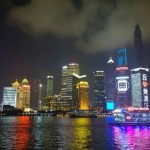China overwhelms. State-of-the-art infrastructure, impressive financial centres, e-commerce giants like Alibaba and Tencent, large, multi-departmental, government-backed think tanks and academic institutions with sprawling campuses, and expansion plans coexist with artistic riches, history, culture and heritage.
A recent visit by a study delegation proved to be an eye opener in more ways than one. The members met experts from some of the leading think tanks, across four cities – Guangzhou, Shanghai, Hangzhou and Beijing. The Indian delegates brought up the security implications of the China Pakistan Economic Corridor (CPEC) and India’s objection to China’s ‘all weather friendship’ with Pakistan. They also quizzed the Chinese on their rationale for opposing India’s membership of the Nuclear Suppliers Group and blocking India’s appeal to the UNSC Sanctions Committee for listing Masood Azhar as a terrorist.
There were issues irking the Chinese too, such as India’s closeness to the United States and Japan, the difficulty faced by Chinese nationals in obtaining Indian visas and India’s stance on the Dalai Lama. These concerns have repeatedly proved to be a roadblock in furthering their economic engagement with India, but the Chinese were unapologetic about their stance. They were keen to convince the Indian delegation about the development agenda of the OBOR initiative and curious about India’s resistance to joining it.
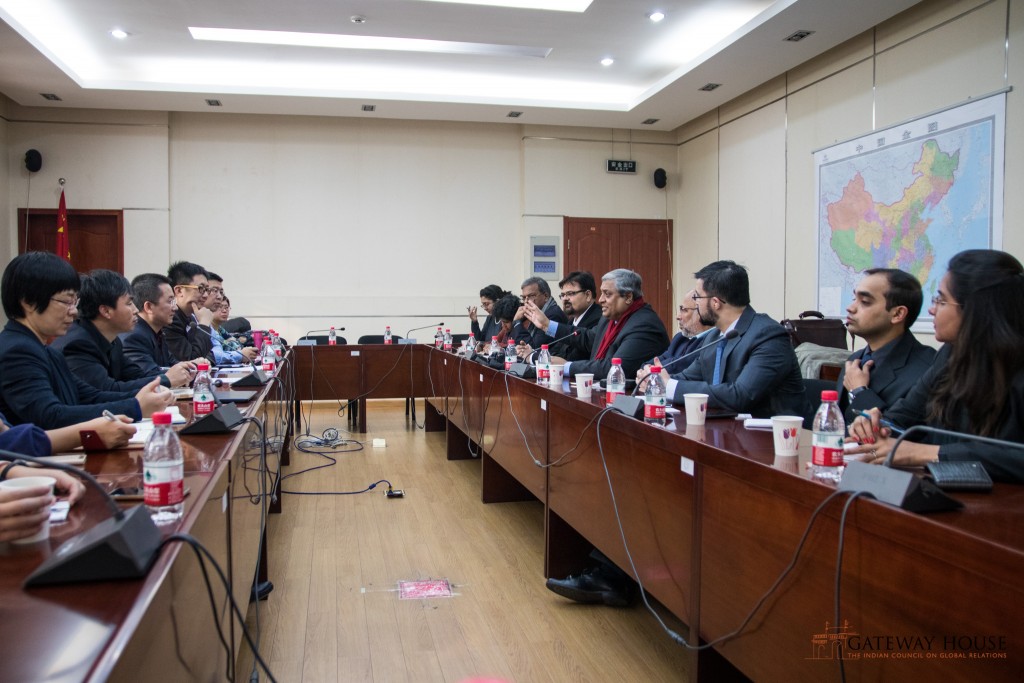
A lack of common ground on these issues has bred mistrust, stemming from the Sino-Indian conflict of 1962, perpetuated today by the way the two countries perceive and understand each other. The questions raised during discussions indicated that the Chinese do not understand democracy, a free media, debates in Parliament and other systems that are deeply entrenched in India. The Indian delegates, looking for some concrete policy solutions to reduce the predominant ‘trust deficit’, reiterated the need for both countries to foster people-to-people contact through academic and cultural exchange programmes and tourism.
Indian diplomats and government officials based in China were pragmatic and driven in this regard and spoke candidly about the problems and prospects for their resolution. They felt that the large Indian community in China, especially East China, could further such Track 2 diplomacy too. A predominantly young population in both countries could collaborate on research in medicine, geoeconomics, technology, robotics, big data and the Internet of Things.
China is an attractive destination for medical students. The delegation met many students who had spent a major portion of their young lives studying in Chinese universities. MoUs exist between leading universities from both countries and such exchanges need to be fostered.
Language is a barrier despite the availability of translation sets and interpreters. There was repeated emphasis on the need to study each other’s languages. Language training schools, that can be introduced in major universities, can ally with think tanks and help create a database of research papers translated from Mandarin to Indian languages and vice versa. Most foreign language departments within Chinese universities also offer courses in Indian languages, history and culture, which India can match.
The Chinese government is already encouraging universities and think tanks to engage with their Indian counterparts and create scholarship focussing on the India-China bilateral. This is currently inadequate despite there being an evident need. Some Chinese think tanks have departments with a focus on the study of India and its foreign policy. Indian think tanks must also encourage a China studies programme. The Observer Research Foundation, Mumbai recently established the Ji Xianlin Centre for India-China Studies at the University of Mumbai to promote this effort.
Both sides also stressed the importance of visits by similar study delegations to increase opportunities for further dialogue and consensus. Conferences and seminars, such as the India-China Think Tank Forum, hosted by the Institute of Chinese Studies, New Delhi, and Gateway House, Mumbai, in December 2016, have already been instrumental in enabling discussions and debates on geopolitical and geoeconomic issues between the two countries. They should be regularly convened.
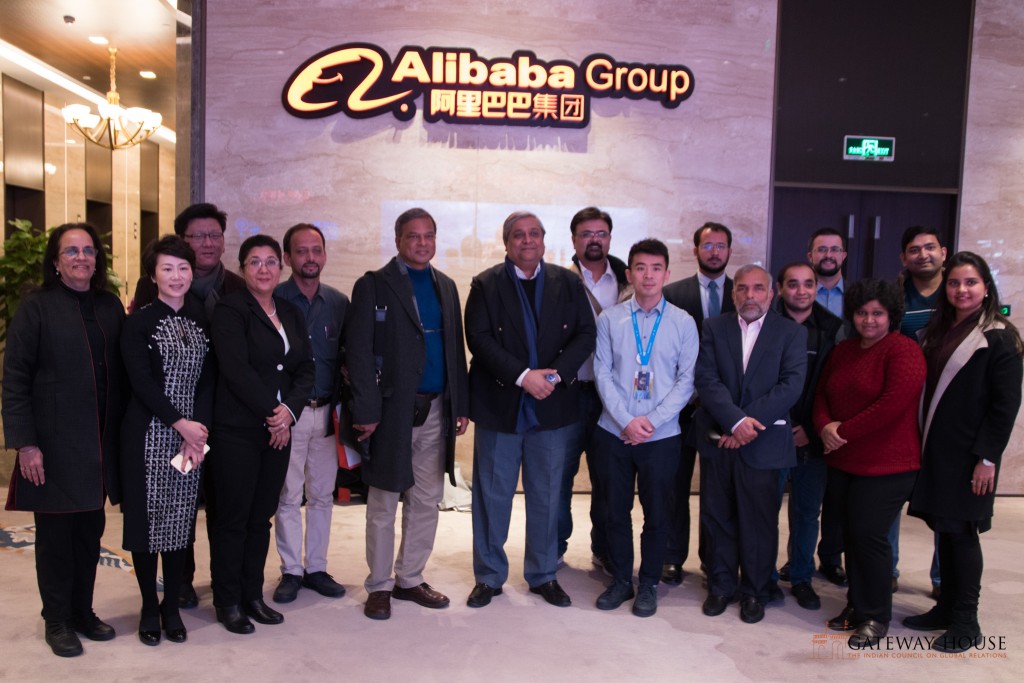
An impressive digital presentation, shown to the delegates at the Alibaba headquarters showcased the company’s trajectory from a small, homerun initiative in Hangzhou to the e-commerce giant that it is today. Founder Jack Ma’s idea of creating an electronic world trade platform (e-WTP) to help small businesses and developing countries in the era of e-commerce has caught the world’s attention. His focus on SMEs–Small and Micro Enterprises–is striking. The company is a major contributor to China’s plans of becoming a dominant player in global value and supply chains. Alibaba’s services, coupled with China’s OBOR initiative, can help turn this goal to reality. This merits serious consideration by other countries in the region and around the world.
A meeting with K. V. Kamath, president of the New Development Bank, at its headquarters in Shanghai, gave the delegation a view of the bank’s progress over the last few years and its plans for the future. Mr Kamath commended the Chinese authorities for their support in enabling a smooth transition of functions and personnel.
Visits to the International Water Valley Project at Dongguan, the Tien he Central Business district in Guangzhou, Chongmin Island and the International Financial Centre (IFC) in Shanghai were eloquent instances of China’s massive development agenda for its smart cities. Bullet trains, the local metro (with instructions in English), ring roads, local markets, central business districts, IT parks, systems for water management, traffic monitoring and control, and security, came alive through flashy digital displays.
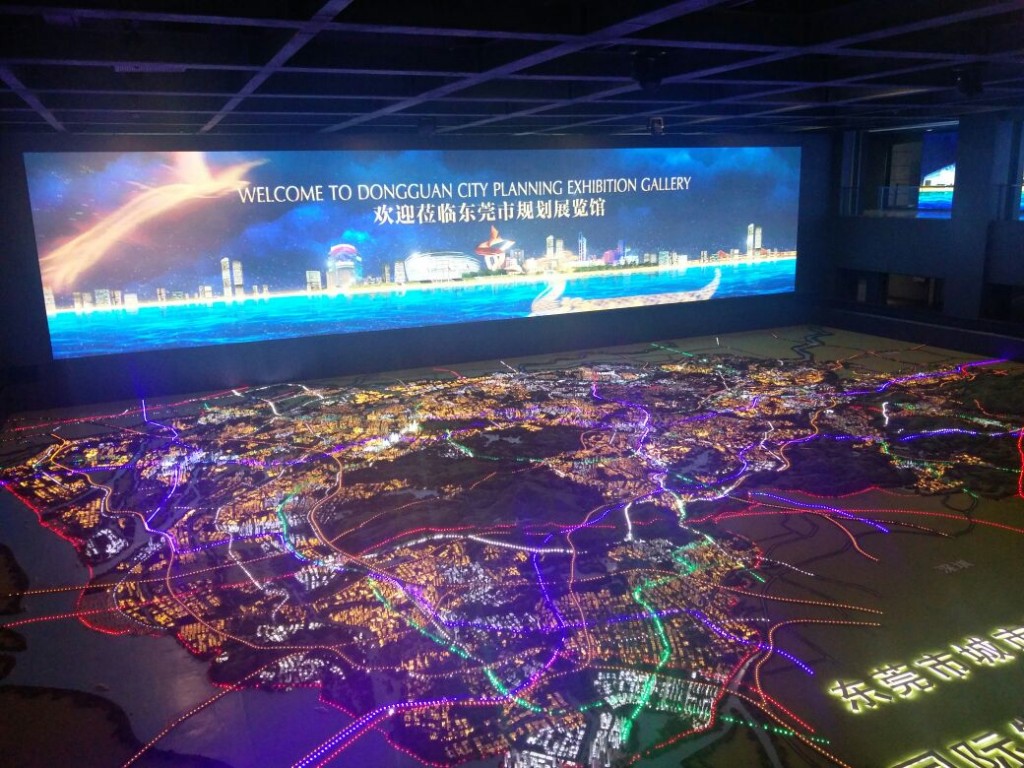
Shanghai’s IFC stands on one side of the Bund, the older part of the city remains on the other: the country has welcomed the future while holding on to a slice of the past. This is an approach worth replicating in India’s own bid to create smart cities.
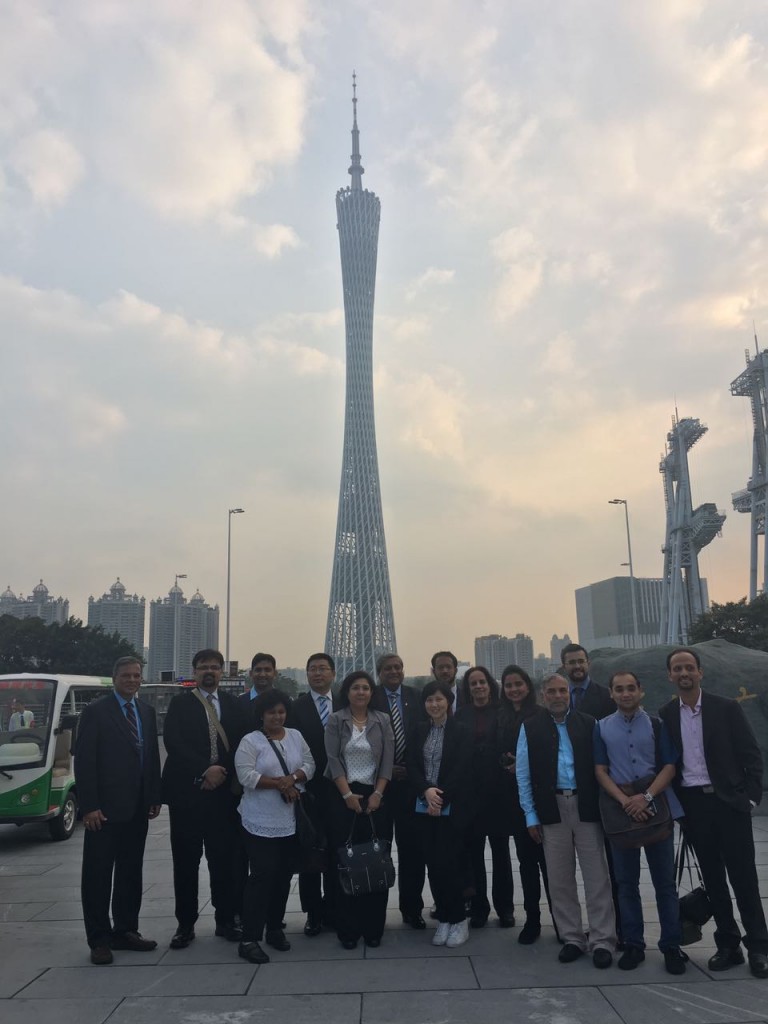
China can be pitched as an attractive tourist destination for Indian tourists. While religion—Buddhist places of worship–and exotica have always drawn the world to India, the country should now also promote its IT parks, Central Business Districts, tea estates and cultural diversity. Municipal authorities must take sister city initiatives more seriously. Chinese painting and calligraphy workshops can also be conducted.
Discussions also dwelt on the Indian response to the Trump administration and how it may affect the Indo-U.S. bilateral. India and China must instead focus on their own bilateral relationship, and not associate each other with either the United States or Pakistan or view the bilateral through the eyes of the West. The development paradigm has now shifted away from the West towards Asia and it is up to countries like India and China to shape this new world order. To achieve this, they must re-establish confidence in each other considering the vast commonalities they share. The delegation returned with an understanding that India has much to learn from the Chinese experience, both good and bad, if it wants to form synergies in Asia. Likewise, if China can accept the rise of another power in its south and can stop viewing India as a regional player, the two countries can establish a harmonious relationship, devoid of conflict and mistrust.
Purvaja Modak is Researcher, Geoeconomic Studies and Assistant Manager, Research Office, Gateway House.
This article was exclusively written for Gateway House: Indian Council on Global Relations. You can read more exclusive content here.
For interview requests with the author, or for permission to republish, please contact outreach@gatewayhouse.in.
© Copyright 2017 Gateway House: Indian Council on Global Relations. All rights reserved. Any unauthorized copying or reproduction is strictly prohibited


